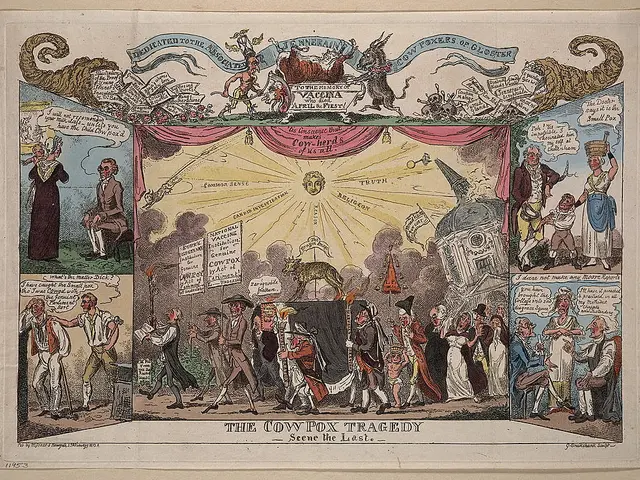Impact of Movies on Cultural Understanding and Perspectives
Cinema as a Catalyst for Cultural Understanding and Change
The world of filmmaking has undergone a transformative shift, with the rise of international co-productions, streaming platforms, and independent filmmaking. This evolution has created a fertile ground for underrepresented voices to be heard, shaping cultural perceptions in profound ways.
One of the most significant impacts of cinema is its ability to shape collective memory and influence public perception of past events through historical films. However, its influence extends far beyond this, as it can challenge cultural stereotypes by presenting diverse and authentic representations of different cultures.
Cinema has the power to influence our perception of cultural norms and values, either reinforcing stereotypes or challenging them. Movies such as "Slumdog Millionaire," "Black Panther," and "Crazy Rich Asians" have had a significant impact on cultural perception by offering authentic portrayals of diverse cultures and challenging stereotypes.
In addition, cinema fosters cultural bridges by blending techniques and narratives from various cultures, offering a hybrid storytelling approach that enriches global cinematic expression and challenges rigid cultural boundaries. Inclusive casting practices, like color blind casting, allow actors from underrepresented backgrounds to portray a variety of roles, breaking down traditional racial or ethnic stereotypes and creating more relatable, nuanced characters.
Films reflect and shape societal values, influencing identity and social attitudes. For example, Bollywood cinema has been shown to impact perceptions of women’s roles both positively and negatively, especially among diaspora audiences. Similarly, Cold War cinema functioned as political propaganda, shaping cultural perceptions through ideological portrayals of enemies and allies.
As audiences engage with multicultural stories that reflect real-world diversity, they develop deeper emotional connections and appreciation for other cultures. Digital platforms also increase access to international films, broadening perspectives beyond national borders.
However, the complexities of authenticity and power in representation should not be overlooked. While cinema can democratize cultural exchange and amplify marginalized voices, challenges remain regarding cultural commodification and power imbalances in cross-cultural collaborations.
In summary, cinema plays a crucial role in promoting cultural diversity by showcasing stories and perspectives from various cultures around the world. Documentaries that expose social injustices or political corruption can mobilize public opinion and inspire activism. Filmmakers should be mindful of the impact their work can have on shaping public opinion and approach sensitive topics with care and responsibility.
[1] Smith, A., & Thompson, J. (2020). The Politics of Representation in Transnational Cinema. Routledge. [2] Lee, J. (2019). The Power of Representation in Cinema: Breaking Down Stereotypes and Amplifying Voices. The Guardian. [3] Chow, R. (2018). Yellowface and the continuing problem of representation in Hollywood. The Conversation. [4] Kapur, S. (2016). Bollywood: A Guide to Popular Hindi Cinema. Routledge. [5] Klinger, B. (2005). The Fiction of Nonfiction: Essays on Film and Reality. University of California Press.
Cinema's influence on cultural understanding can be seen in its capacity to challenge stereotypes and present diverse representations of various cultures, as demonstrated in films like "Slumdog Millionaire," "Black Panther," and "Crazy Rich Asians. In addition, cinema promotes education-and-self-development by fostering an appreciation for different lifestyles and cultural traditions through its hybrid storytelling approach, inclusive casting practices, and access to international films provided by digital platforms.




